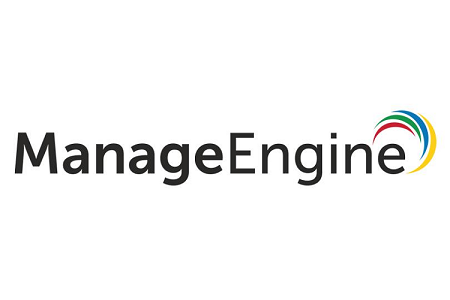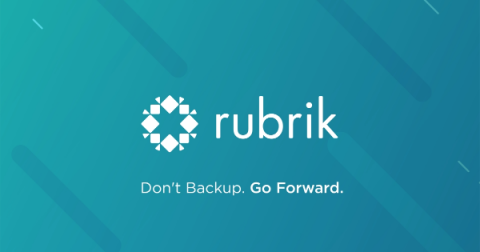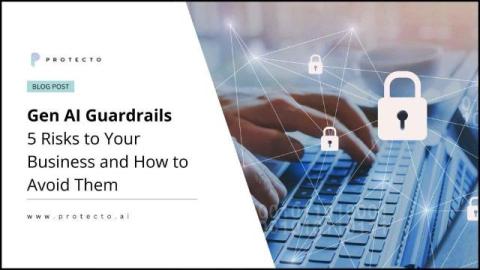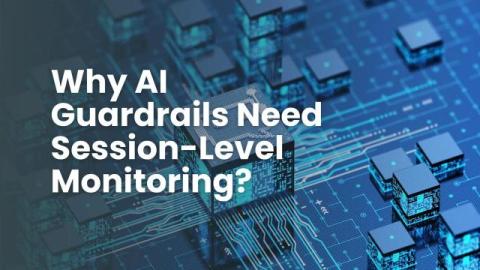Featured Post
Companies Aren't 'Owning' Their Data
With a rapidly developing threat landscape, an increase in high-profile data breaches, the introduction of new legislation, and customer tolerance for poor data handling at an all-time low, the stakes are high for companies to have robust cybersecurity in place. However, despite their best efforts, companies are often found to not be doing enough to protect their assets.











